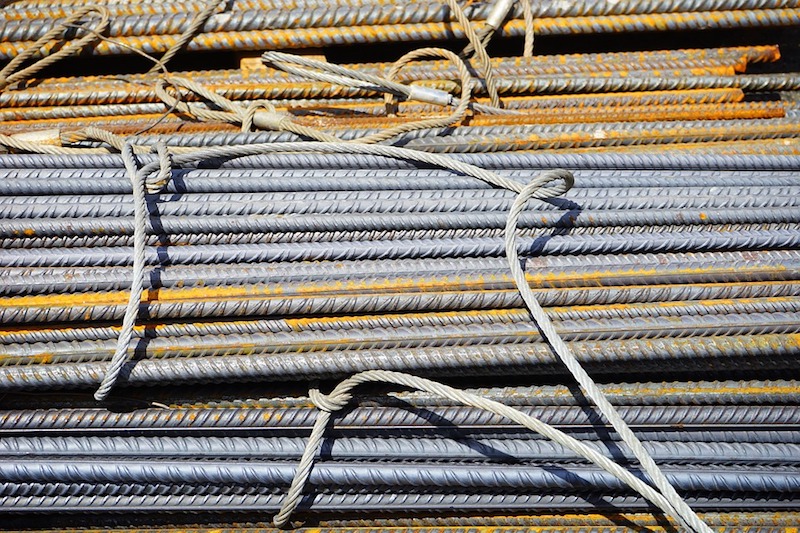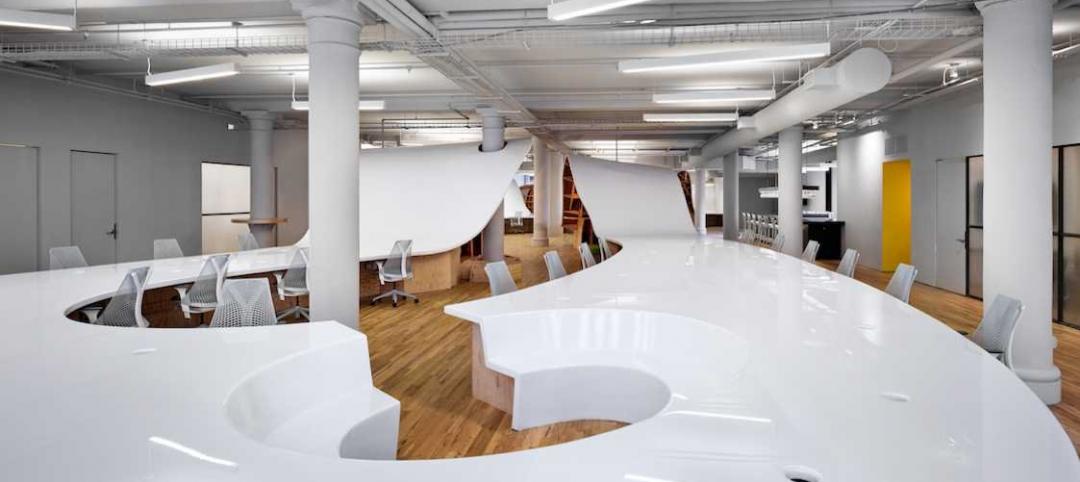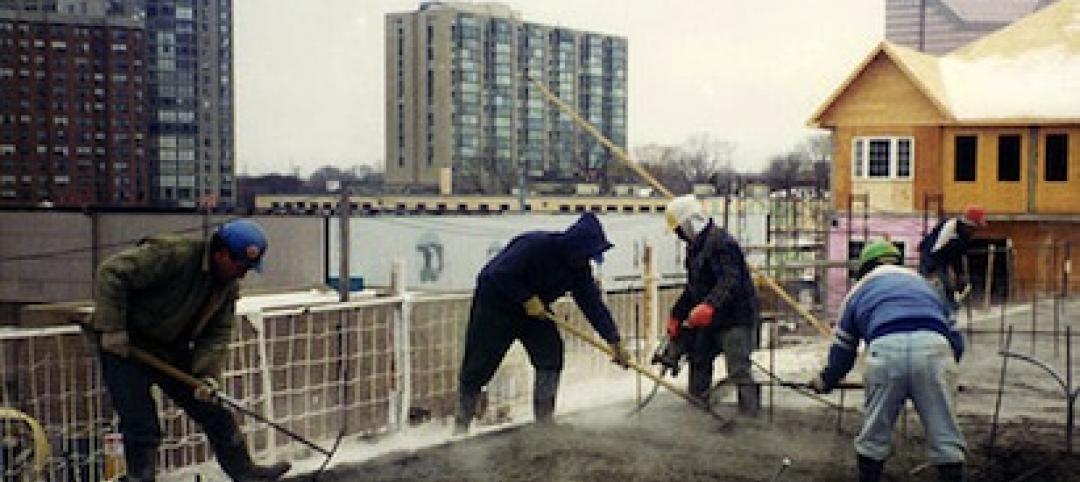When the Trump Administration imposed tariffs of 25% on steel and 10% on aluminum in March, it kicked off one of the nation’s most heated and far-reaching trade wars since the Smoot-Hawley Tariff Act of 1930. That legislation, which was expanded by President Hoover to include more than 20,000 products across the agriculture and industrial sectors, is viewed historically as an abject failure and a prime reason for the sustained economic depression through the 1930s.
Seven months into Trump’s trade war, the jury is still out. The circumstances today are markedly different than 88 years ago, of course. The economy is strong. But America is no longer the global manufacturing powerhouse it once was, and the nation has operated a global trade deficit of $100 billion or more annually since the late 1990s (last year: $795 billion).
Opponents of Trump’s actions on trade argue that the policies are outmoded, shortsighted measures that undermine a free trade economy. Pundits in Trump’s camp believe that any short-term hit to U.S. businesses is worth the potential long-term impact to the economy, particularly the manufacturing sector.
“For the last 25 years, China has been waging a trade war against the United States,” said Dan DiMicco, a senior trade adviser to President Trump’s campaign, during a talk at Metalcon last month. “A lot of us have been fighting that war, but without the resources to win it, until now.”
DiMicco should know. As the former CEO of Nucor Corp., the nation’s largest steel producer, he’s seen firsthand the power a government-controlled economy like China’s can wield. The nation is home to half of the world’s 10 largest steel production operations, and has been known to “dump cheap steel” on the world market to artificially deflate material prices, said DiMicco. More alarming, he said, is the potential threat to national security: “Our defense department says we can no longer supply parts we need for our military. You cannot be a leader of the world if you don’t have a strong manufacturing base and a strong steel industry.”
Meanwhile, the U.S. construction industry keeps humming along. Prices for aluminum- and steel-based materials have soared, but the construction sector seems to be taking it in stride. Nonresidential construction spending reached a record-high $762.7 billion in August, bolstered by a healthy backlog of work. And even when the impacts from the tariffs are factored in, construction industry economists remain largely upbeat with their forecasts for 2019 (tinyurl.com/y9qwcwln).
For now, Building Teams are finding a way to get their projects completed under increasingly onerous circumstances. Is there a tipping point when escalating costs will force developers to shelve projects? Or will prices stabilize to a “new normal” that keeps the work flowing? The answers, unfortunately, are anyone’s guess.
Related Stories
| Feb 27, 2014
Metal Construction Association introduces two Environmental Product Declarations
Two Environmental Product Declarations (EPD), one for Metal Composite Material Panels and one for Roll Formed Steel Panels for Roofs and Walls, are now available free of charge from the Metal Construction Association (MCA) on its website.
| Feb 24, 2014
White Paper: The science of color and light
This white paper from Benjamin Moore provides an overview of the properties of color and light, along with practical guidance on how the relationship between the two affects design choices.
| Feb 20, 2014
5 myths about cross laminated timber
A CLT expert clears up several common misconceptions and myths surrounding the use of wood as a building material.
| Feb 20, 2014
World's longest desk? Massive, undulating desk accommodates 145 office workers [video]
The desk is built from plywood and one continuous sheet of resin, and can serve all 145 office employees at once.
| Feb 14, 2014
Must see: Developer stacks shipping containers atop grain silos to create student housing tower
Mill Junction will house up to 370 students and is supported by 50-year-old grain silos.
| Feb 14, 2014
The Technology Report 2014: Top tech tools and trends for AEC professionals
In this special five-part report, Building Design+Construction explores how Building Teams throughout the world are utilizing advanced robotics, 3D printers, drones, data-driven design, and breakthroughs in building information modeling to gain efficiencies and create better buildings.
| Feb 5, 2014
7 towers that define the 'skinny skyscraper' boom [slideshow]
Recent advancements in structural design, combined with the loosening of density and zoning requirements, has opened the door for the so-called "superslim skyscraper."
| Feb 4, 2014
World's fifth 'living building' certified at Smith College [slideshow]
The Bechtel Environmental Classroom utilizes solar power, composting toilets, and an energy recovery system, among other sustainable strategies, to meet the rigorous performance requirements of the Living Building Challenge.
| Jan 24, 2014
Structural concrete requirements under revision: ACI 318 standard
The American Concrete Institute (ACI), an organization whose mission is to develop and disseminate consensus-based knowledge on concrete and its uses, is finalizing a completely reorganized ACI 318-14: Building Code Requirements for Structural Concrete.
| Jan 13, 2014
Custom exterior fabricator A. Zahner unveils free façade design software for architects
The web-based tool uses the company's factory floor like "a massive rapid prototype machine,” allowing designers to manipulate designs on the fly based on cost and other factors, according to CEO/President Bill Zahner.















